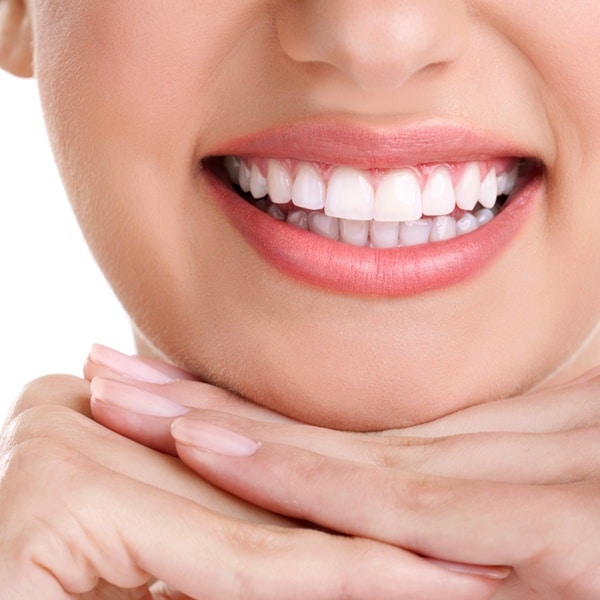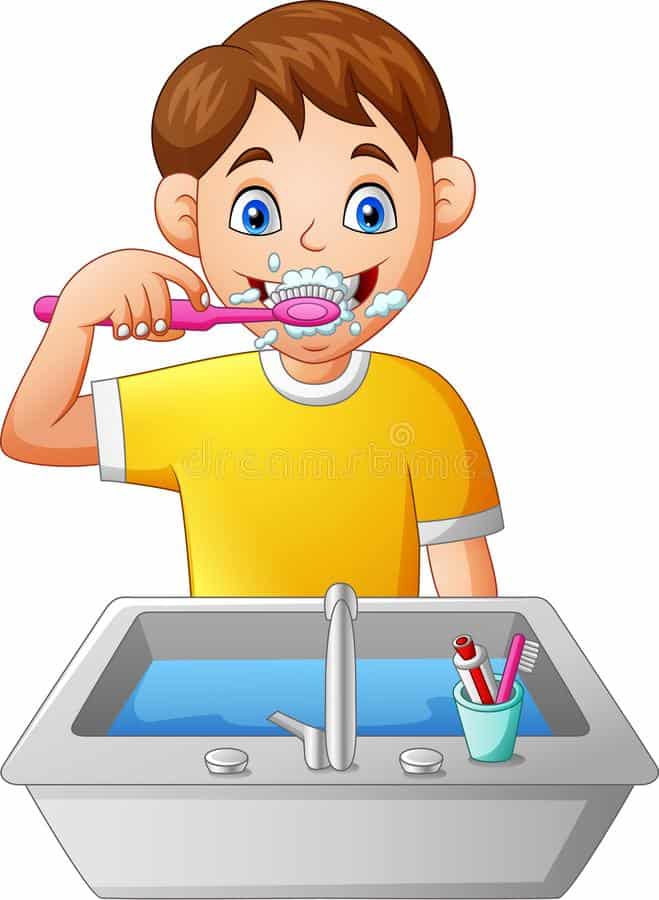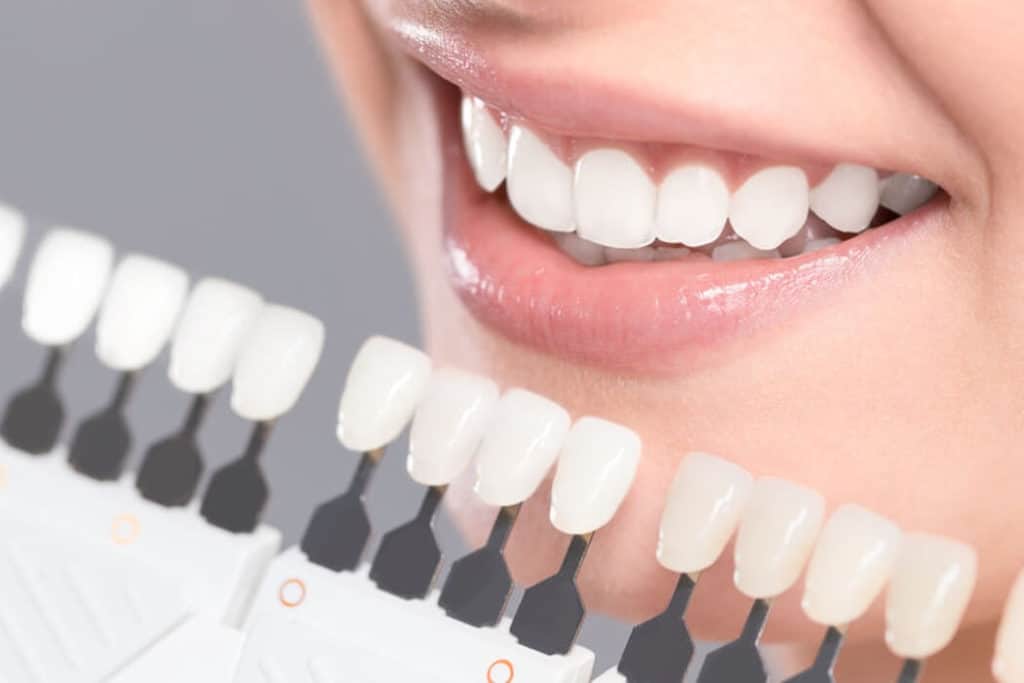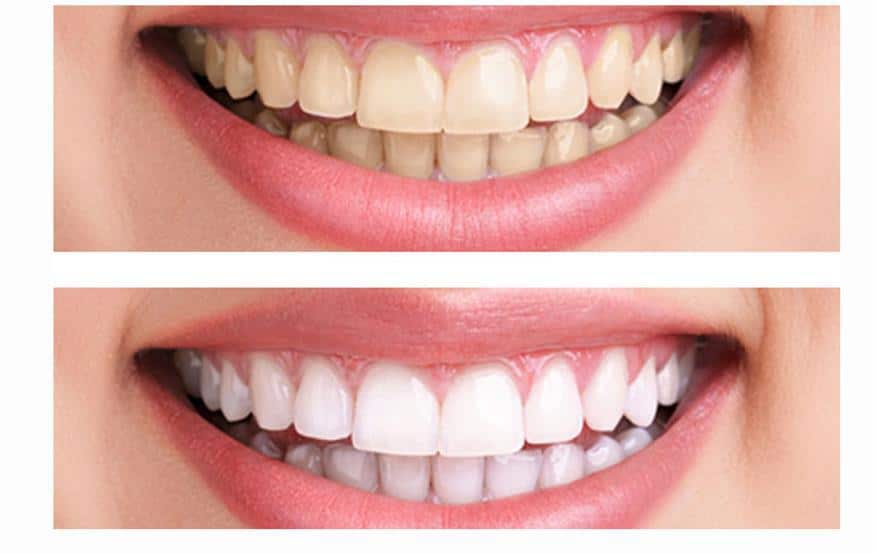Natural ageing – as we age, our teeth naturally become yellower and darker, this change happens over time as the enamel gets thinner and the dentine darkens. Whitening toothpaste and home whitening kits typically do not work on this type of discolouration. Teeth whitening from your dentist can make a difference to this discolouration – the teeth will appear lighter and brighter but won’t return to the whiteness you had when you were younger


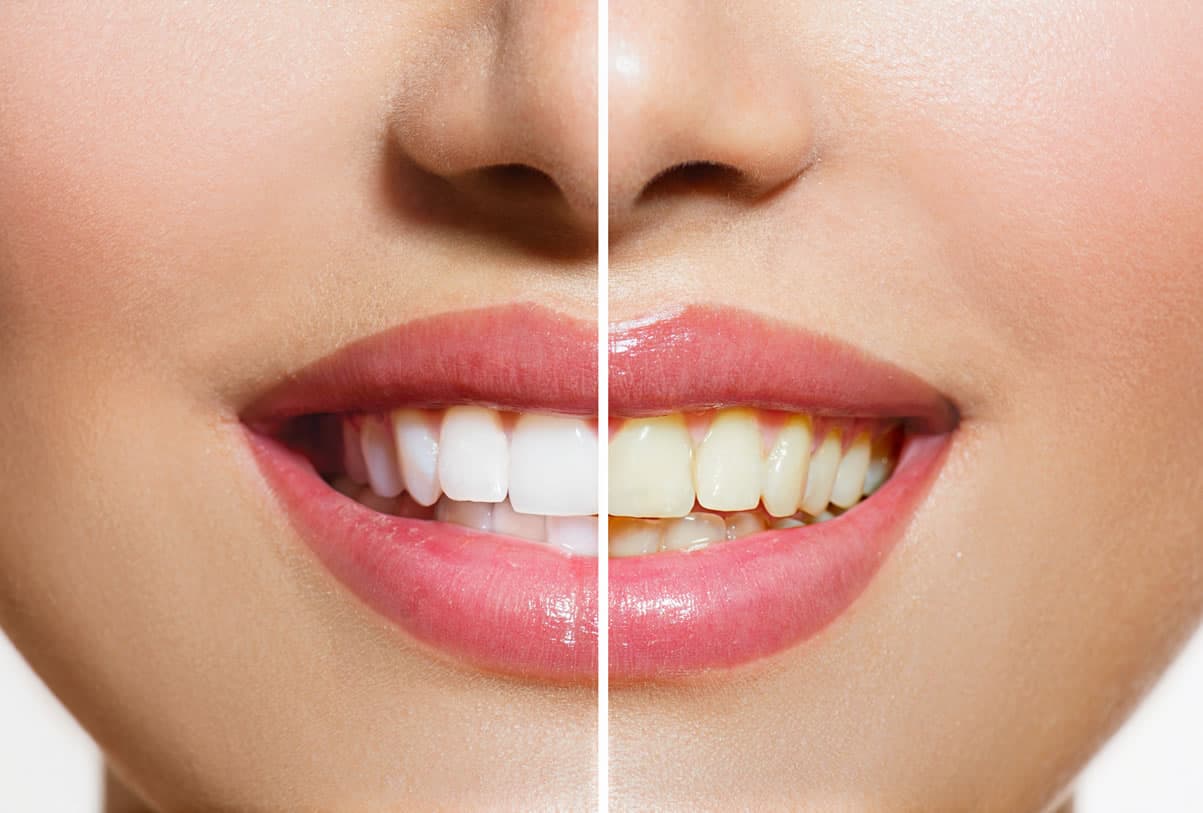 Tooth whitening is an effective way to lighten your teeth and get a beautiful looking smile for months on end.
Tooth whitening is an effective way to lighten your teeth and get a beautiful looking smile for months on end.
